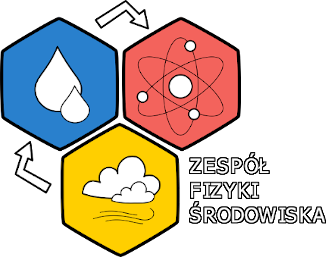Source apportionment of carbonaceous aerosols in Krakow agglomeration based on analyses of chemical and isotopic composition of PM10 and PM1 fraction.
Grant No. 2019/33/N/ST10/02925, National Science Centre, research project PRELUDIUM 17
Project title: Source apportionment of carbonaceous aerosols in Krakow agglomeration based on analyses of chemical and isotopic composition of PM10 and PM1 fraction.
Project leader: Alicja Skiba
Implementation period: 24.02.2020 – 23.02.2022
Summary:
Krakow is among the most polluted urban centers in Poland. High levels of PM (particulate matter) in Krakow’s atmosphere are caused by several factors which often act in combination: (i) strong anthropogenic sources of PM within the city limits, (ii) prevalence of surface emission sources (burning of fossil fuels in individual households, rapidly growing car traffic with significant fraction of old car fleet, (iii) specific location of the city, in the depression surrounded by hills which limits its natural ventilation, (iv) possible impact of large urbanized and industrialized region (Upper Silesia) located ca. 100 km west of Krakow (import of polluted air).
Current state of air pollution in the world and in Poland spours researchers towards better understanding of parameters which have influence on better understanding of parameters controlling air quality in urban environment, such as different sources of particulate matter and gaseous contaminants, spatial and temporal variability of their emissions and impact of the dynamics of urban atmosphere on the observed load of atmospheric aerosols.
This research work includes comprehensive characterization of CA (carbonaceous aerosols) fraction which will comprise chemical (elemental carbon, organic carbon, polycyclic aromatic hydrocarbons, sugars) and isotope (13C/12C and 14C/12C ratios) analyses of carbon reservoir in PM. State-of-the-art analytical methods will be used to perform this characterization.
Chemical and isotope characterization of carbonaceous aerosols, supplemented by additional chemical analyses of PM1 and PM10 fraction and dedicated modeling, should result in identification of major sources of CA in Krakow agglomeration and quantification of their seasonal variability.



